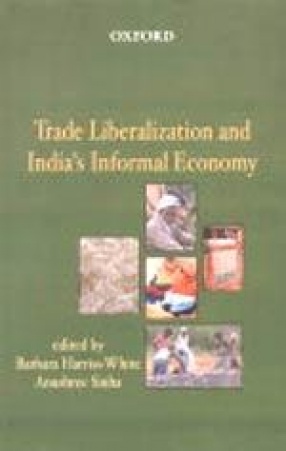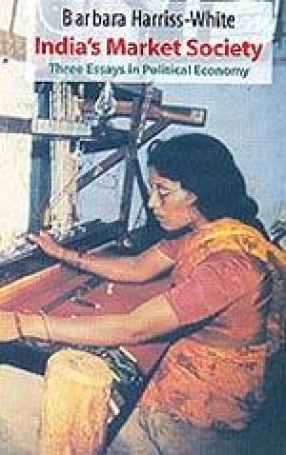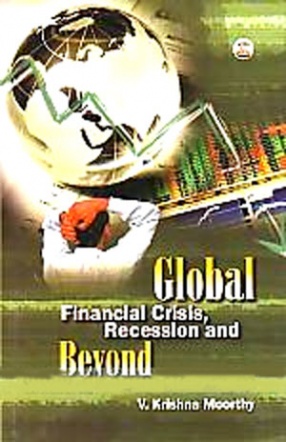Despite its highly labour-intensive nature and potential for employment generation, the informal economy has come to epitomize subsistence production or petty trade, which is invariably linked to poverty and exploitation. About 35 per cent of the working population in this sector lies below the poverty line. Due to its large size, difficulty in collecting data, and the migratory tendencies of both labour and firms, regulatory authorities have found it difficult to monitor this sector. Few systematic studies in the past estimated its size and economic contributions. This volume breaks new ground in exploring trade liberalization and the informal economy, both through field research and a macro-model of two of the most labour-intensive sectors–garments and rice processing. It innovatively compares and contrasts these two methodological approaches. It examines the impact of changes in regulative policy on the informal economy–enterprises as well as workers. Contrary to expectations that the restructuring of the global economy and wide-ranging policy reforms would result in the disappearance of this sector in the Third World, there is only evidence of rapid expansion. The informal sector is a permanent feature of the growth process. Though it provides livelihood to large numbers of low skilled labour, great wage disparities exist between formal and informal sector workers. These are as much a cause for concern as is the lack of any kind of work or social security. Based on case studies carried out in Northern, Southern and Eastern India as well as in Delhi, this insightful volume with its innovative methodological experiments will be useful for students, researchers, policymakers, analysts in development economics, and development studies.
The Environments of the Poor in South Asia: Simultaneously Reducing Poverty, Protecting the Environment, and Adapting to Climate Change
The agendas of those trying ...
$52.20
$58.00








There are no reviews yet.